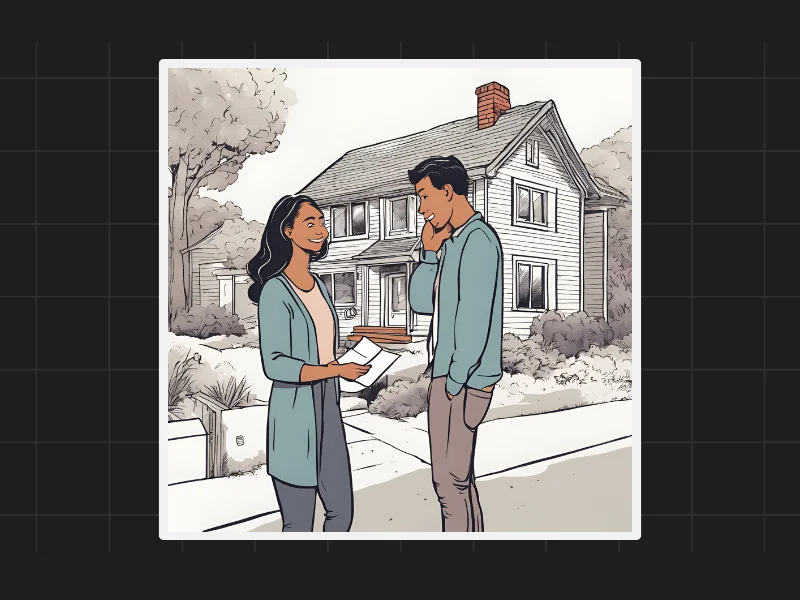Central Banks and Gold Reserves
A significant trend in the financial world is the shift in central bank holdings of gold. In the 1970s, gold made up 65% to 75% of international reserves held by central banks. However, this percentage dropped during the 1980s and 1990s, hitting a low in the mid-2000s at around 12%. Recently, there has been a steady increase in gold reserves, now in the higher teens. This shift reflects a growing caution among central banks about relying solely on US debt as their primary reserve.

Decline in US Debt Holdings
In contrast to the increase in gold reserves, the percentage of US debt held by overseas central banks has seen a decline. From a low of 10% in the 1970s, it rose to nearly 35% by the mid-2010s. However, it has recently dropped to around 20%. This change indicates that central banks are diversifying their reserves away from US debt due to concerns about the US debt-to-GDP ratio. This gradual move away from the US dollar as a central reserve currency is known as de-dollarization.
Implications of Gold Accumulation
The steady accumulation of gold by central banks could become exponential over time. If central banks continue to increase their gold reserves, it suggests that they see gold as a safer asset. For individual investors, this raises the question: if central banks are increasing their gold holdings, should we not consider doing the same? Central banks, including the Reserve Bank of India, are bringing gold back to their countries, indicating a sense of global uncertainty.
Gold as Portfolio Insurance
Gold has historically performed well during times of uncertainty, such as geopolitical events or market downturns. While the returns on gold may not be as high as equities, gold serves as a form of insurance for your portfolio. Unlike traditional insurance, which only pays out in specific events, gold can provide steady returns. Over the past 50 years, gold has given an average return of 11.9% in INR terms. This makes gold a valuable hedge against inflation and market volatility.
The Role of Gold in Your Portfolio
Given the trends in central bank behavior and the historical performance of gold, it might be time to consider increasing your allocation to gold. Financial advisors have often recommended lower allocations to gold, but current trends suggest that a higher allocation could be beneficial. Gold acts as a safeguard for your investments, providing stability during uncertain times. It’s important to view gold not just for its returns, but for the protection it offers against financial instability.
With central banks increasing their gold reserves, it’s a signal for retail investors to consider similar strategies. If the smartest financial institutions are moving towards higher gold positions, it might be wise for individual investors to follow suit. Increasing your gold allocation can provide a balanced approach to managing risk in your portfolio.

Disclaimers and disclosures : https://tinyurl.com/2763eyaz
If you have any questions, please write to support@weekendinvesting.com












